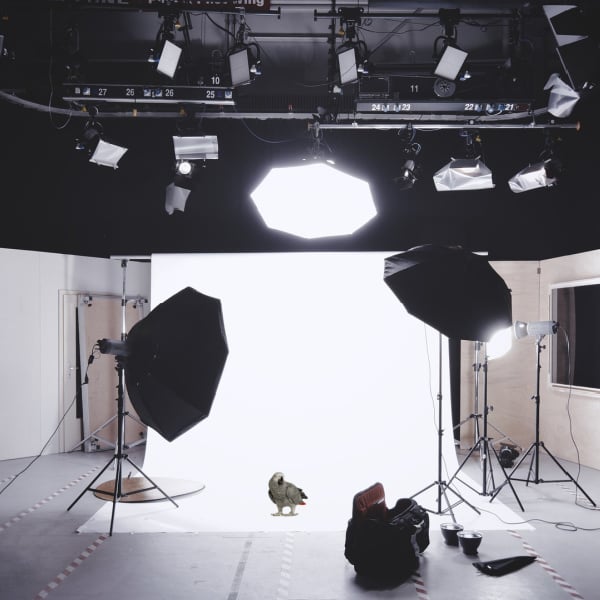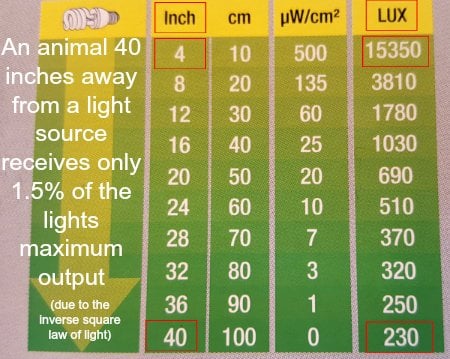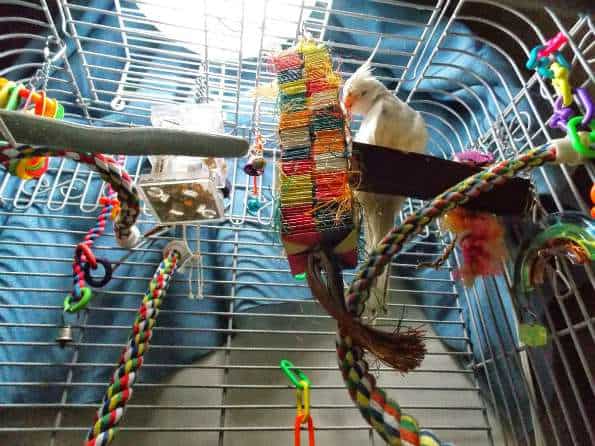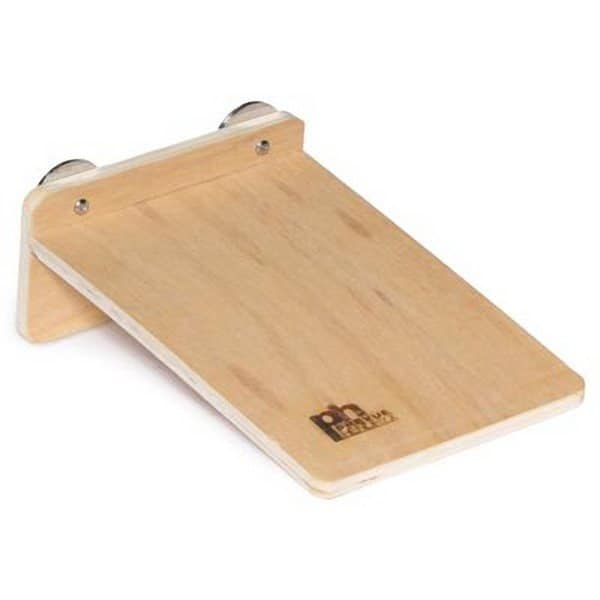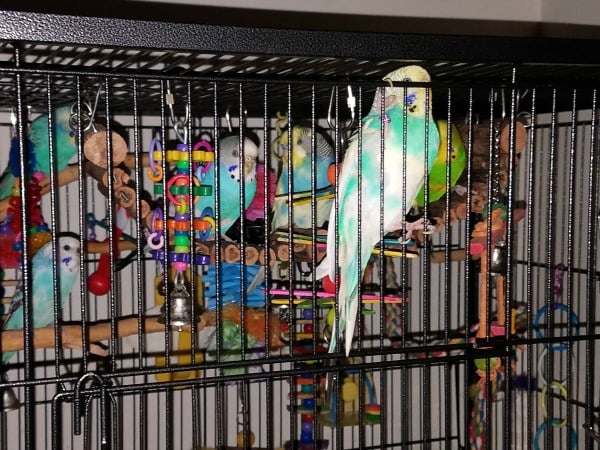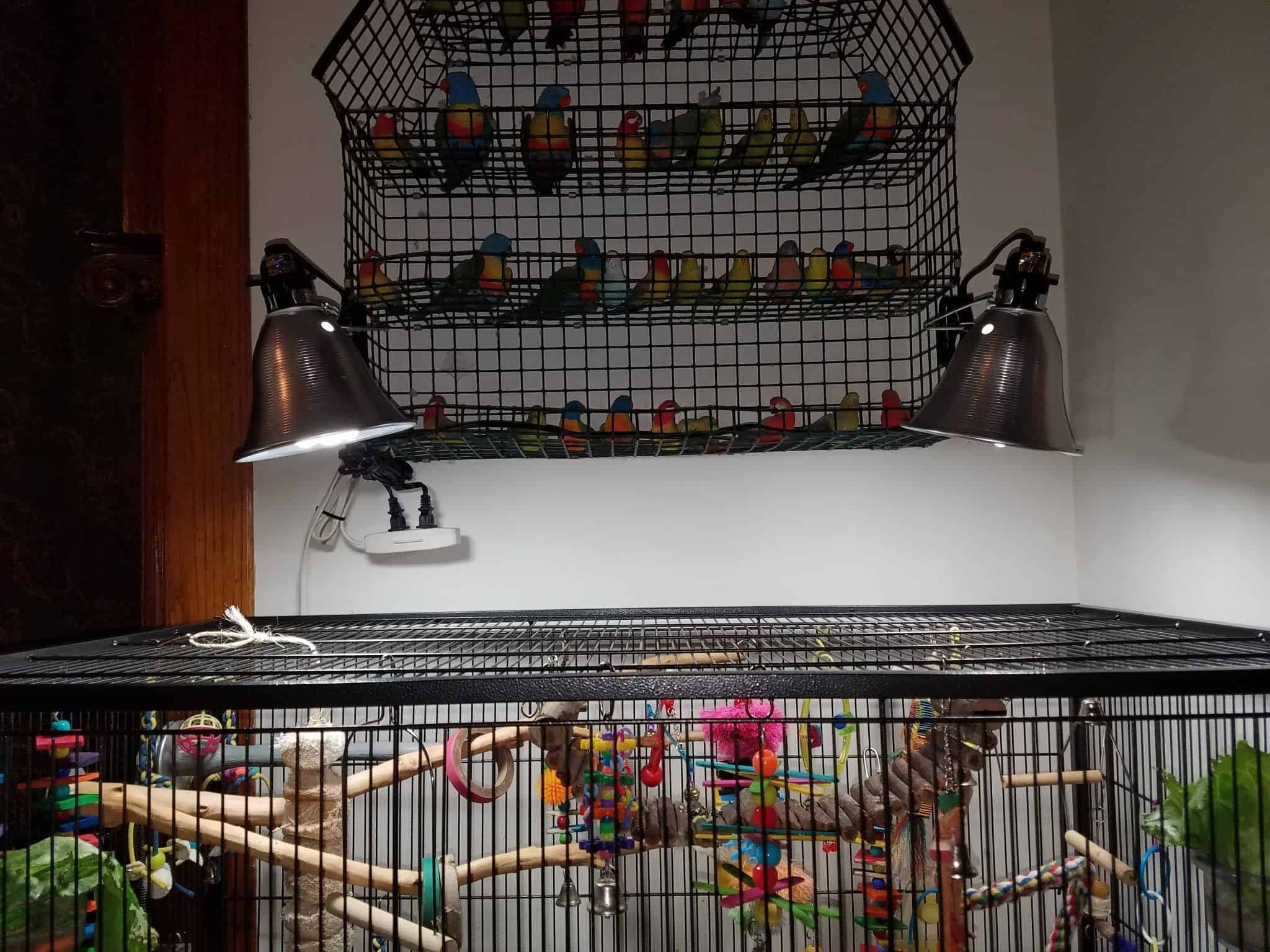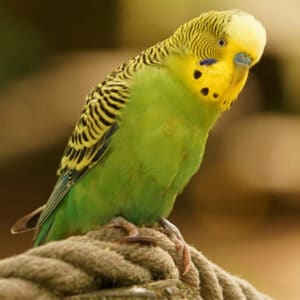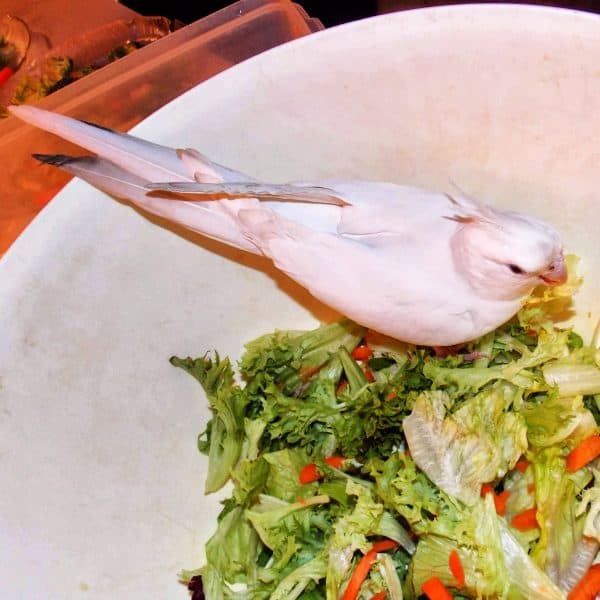Last Updated on by Mitch Rezman
Our first answer comes from a question on Quora
Do parrots we rear at home need sunlight?
Firstly, lets set the record straight.
No amount of natural sunlight nor artificial light will help with the production of any vitamin in a bird’s body.
This is because of the dual integumentary systems of feathers and skin.
In order to enhance vitamin production, an animal needs to receive sunlight through its skin.
A birds skin is covered with feathers.
When a bird preens itself it will take a highly viscous fluid from its uropygial gland (above the vent) and begin applying it to its feathers so only microdoses of this preening fluid ever reach the bird’s skin.
If you want to prove it to yourself, take your bird to the vet and find out what his current vitamin status is especially vitamin D with a complete blood workup.
Then place your bird under artificial lighting for 12 months.
Go back to the vet and see what’s changed.
I guarantee you – nothing.
We work with the folks at the Hagen Avicultural Research Institute which uses collaborative data from the Ontario Veterinary College
Check with the Lafeber blog or Harrisons website to see what they have to say about light therapy.
Forgetting vitamin D for a moment, birds do not need any help in producing melatonin.
The only melatonin found in birds is in the pineal gland which is used to decipher incoming light data and to synchronize circadian rhythms.
In other words, a bird’s pineal gland has millions of melatonin cells that literally vibrate acting like micro metronomes.
These signals inform a bird of the time of day, when to mate, when to molt and when to migrate if applicable.
So no, there are no nutrients provided by sunlight to birds at all, period.
Because birds have 120 million years of instinctual expectations they like to see light for approximately 12 hours a day equaling equatorial light cycles.
North American light cycles will stress a bird out leading to negative hormonal behavior like prolific egg-laying, screaming, feather plucking, and more.
The most important thing you can do for any pet bird is to place full-spectrum lighting no higher than 6 inches over their cage.
Any higher will cause the lumens to have no value. (Google the inverse square law of light)
The light should be on a timer for 12 hours on and 12 hours off.
The bird should be in the cage when the light comes on and when the light turns off.
This will help synchronize your bird’s circadian rhythms and provide a far less stressed life.
If the bird is acting hormonally when the same thing yours to correct that.
Keep your bird securely in the cage for 72 – 168 hours.
Keep the light on for the entire time.
Cover the cage but make sure the cover is over the light.
This is a highly effective benign therapy and a far better alternative to Lupron and Haldol.
New question from Caryl – Lighting Confusion
Just read about your economy bulb light for bird info and another thought how does this compare to zoo med avian sun lightbulb.
Interested that it is safe.
Again, thanks so much for your reply. Caryl
Follow up question from Caryl
Read your lighting for birds article and found it very enlightening.
However, I just purchased a zoomed avian sun floor lamp with their 50w bulb.
After using the same for 4 days now, the albino cockatiel looks better, eating better, in other words, feeling better since using light.
Keeping it at 20″ from highest perch and only 1/4 way into cage center and tilted away from a downward position so not to damage her eyes.
In your expert opinion, is this safe?
They (Zoomed) indicate that I should lower it to 12″ from the highest perch after 2 wks of the break-in of the bulb.
I would greatly appreciate your response.
Thank you. Caryl
Dear Caryl
I have read both of your info requests and also heard your phone message about the Featherbrite bulb and see that you have ordered the bulb.
Contrary to most anecdotal information on this subject, the brightness of any bulb is not the issue.
Lumens and kelvins don’t matter as they relate to usage.
Some animals (think reptiles and herbivores) the beast under them may be getting help assimilating Vitamin production from the bulbs.
Lighting does not work for birds in the way it works on reptiles.
Reptiles have bare skin and sit under the bulbs for hours on end and can get Vitamin D production from the rays emitted by these bulbs, although in truth, it’s still not clear.
Thus reptile keepers dust their crickets with vitamin powder when they feed them (just in case).
Birds have feathers and move around constantly when they’re not napping.
Birds must get vitamins from the food they eat and any supplementation we offer.
Full-spectrum bulbs, however, do provide a bird with the sensation of sunlight which affects their pineal gland which affects hormones and everything else important.
Your Zoomed Aviansun bulb, the Featherbrite bulbs or even the economy Full Spectrum bulb we also offer all does the same thing.
Provide the sun in your bird’s life mimicng nature’s light cycles if uses properly.
Set up an artificial light within 6 inches to at most 12 inches away from the top of the birdcage on a timer.
12 hours on and 12 hours off thus simulating the light pattern the bird would have in its natural equatorial habitat.
Ideally, the bulb should be shining down, but if the lamp is not high enough it should be set on a surface to raise it accordingly or used at an angle on the side of the cage, not in the front so the bird is not subject to having it shining in its face for 12 hours.
I hope this helps.
Catherine
Dear Caryl
Your bulb is shipping today.
Please note that the entire cage does not have to be brightly lit.
You can move the lamp so it leaves a portion of the cage dimmer than the other.
Or you can even put something in to block the light in an area like a small wood shelf.
This small flat shelf would then have a dual purpose.
A place for your cockatiel to sit, rest, nap or play and then under it you can have a small perch that would then be shaded from the bright light.
Flat Perch Wood Platform Shelf Birds Animals Small 8″
New question – I need to leave home for two days.
What are your thoughts on leaving my parakeets (3) at home?
I do have a travel cage, but it’s almost impossible to transfer them from one to the other.
They panic and I am afraid they might hurt themselves.
They are in a flight cage and I can make sure they have enough water and food.
Thanks!
Our answer
Not a problem to leave your keets alone for 2 or 3 days. We have done it.
Particularly on long holiday weekends.
We have 10 keets in a large aviary and they normally have 3 feeders, 2 water bottles, and 2 water dishes.
They also get chopped veggies every morning in two or more dishes.
But of course, when I am going away for a couple of days I don’t give them any veggies so they don’t sit and spoil.
Now we have worked for months to make sure that the keets are actually using the water bottles before just leaving them with them for an extended weekend.
What we did was set up water bottles where we wanted to put them, then added a hook-on water dish below each nozzle with water.
Once a day we remove the hook on water dishes leaving them with just the water bottles for 2 to 4 hours.
We observe from a distance and have seen them drink from the nozzles and the water level does go down visibly over a few days.
Although ideally, just like water dishes, water bottles should be removed daily, drained, washed and replaced.
However, it is the norm for most people to leave them at least 2-3 days before cleaning.
Now when we get ready to leave for a long weekend we will beef up their feeders, we are currently using King’s Tweeky Clean feeders as they are so nice, they contain most of the mess and hold a lot of food.
Yes, their water dishes will be pretty messy when we return, but we will know they also had their water bottles for freshwater.
We can remove the hook-on water dishes while we are gone, and leave with just the bottles, but we have not done that yet.
FYI: We also have their cage lights on timers so they go on and off without our having to do anything 8:30 am to 8:30 pm.
We use these cage lights on timers.
You can check out our lighting for pet bird guides here.
I hope this helps.
Best
MitchR
Author Profile
Latest entries
 The Traveling BirdJune 26, 2025Can You Name 5 Parrot Species That Are Living Wild in the USA?
The Traveling BirdJune 26, 2025Can You Name 5 Parrot Species That Are Living Wild in the USA? Bird BehaviorJune 26, 2025How is it Parrots Are Problem Solvers Social Animals and Even Use Tools?
Bird BehaviorJune 26, 2025How is it Parrots Are Problem Solvers Social Animals and Even Use Tools? Bird & Parrot AnatomyJune 25, 2025How a Tiny Chemical Modification Makes Parrots Nature’s Living Paintings
Bird & Parrot AnatomyJune 25, 2025How a Tiny Chemical Modification Makes Parrots Nature’s Living Paintings PigeonsJune 20, 2025How Do Parrots Thrive in Cities Outside Their Native Habitats?
PigeonsJune 20, 2025How Do Parrots Thrive in Cities Outside Their Native Habitats?
